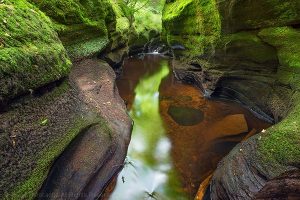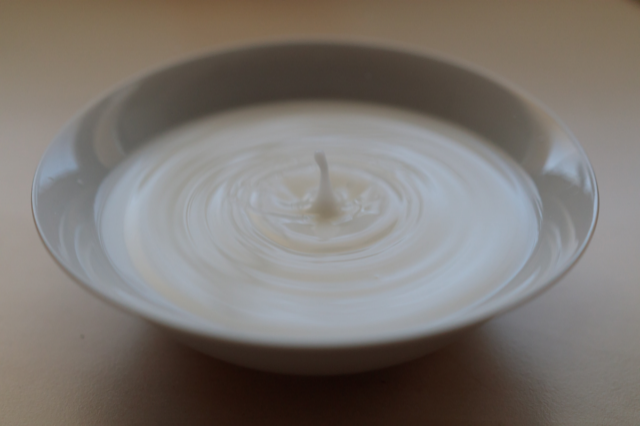WHY YOU MUST HAVE A POLARIZER AND WHEN YOU MUST NOT USE IT.
 Ever wondered how professional photographers achieve such a rich, bright color and such a magical atmosphere in their images? BAMC! They use a polarizing filter or simply a polarik! Photography above would be impossible without its application.
Ever wondered how professional photographers achieve such a rich, bright color and such a magical atmosphere in their images? BAMC! They use a polarizing filter or simply a polarik! Photography above would be impossible without its application.
Who would have thought that just one piece of thin glass placed on the front of the lens could turn your photos from slurred to stunning frames with one quick turn of your hand? You just have to have a polaroid! A landscape photographer simply does not have the right to go somewhere to shoot if he doesn’t have at least a pair of polarizers in his bag.
Can you tell the difference between the two pictures below?
The effect created by the Polarik is quite dramatic, because the filter removes all white highlights from wet stones. This also made it possible to use a longer exposure so that more movement in the water could be captured.
So what does a polarik do?
In short, your polarizing filter allows you to control the reflected light, which (and you didn’t even know it!) Spoils your shot. Let’s look at just a few of the reasons why you fall in love with a polarist.
Firstly, it allows you to see the bottom in a shallow pond, excluding the reflection of light from the surface.
Secondly, it gives deeply saturated colors, excluding reflected light, for example, wet stones or leaves.
Allows you to control which reflections you want to keep in the frame. Suppose you are shooting some shiny surface, such as a wet car, in which case the polarizer will allow you to change the angles of the reflected light on the curves of the body.
Returns clarity to clouds that may seem too bright in a photo without a polarizer.
Allows lower shutter speeds to be used with “milky water” shots.
Allows you to shoot through glass, which otherwise would show dimming reflections.
It protects your lens from shock.
Here is an example of how the polarizer allows us to “see” through shallow water.
When not to use a polarizing filter?
Do not use a polarizing filter for landscape photography – almost a manifestation of blasphemy in some circles. But…
The fact is that most often when photographing outdoors, a filter with circular polarization can significantly improve your photos, but there are also cases where it is better not to wear a “magic piece of glass” on the lens. And in the end it will give the best results.
What does a circular polarizer do?
As mentioned above, a polarizer reduces reflected light before light strikes the lens. The polarization filter can be rotated manually to enable or disable the polarization effect. It works most effectively with reflective surfaces, such as water, glass, wet stones or cars.
Most of the time you tend to control these reflective surfaces and reduce the glare of the reflected light, but what if you still like this incredibly wet look of the object and the glare on certain surfaces?
Let me show you a few examples where you feel that it is better to stop using a polarizer, since in fact this will be beneficial for the image.
When reflected light has its color
To get the image that you see above, the photographer decided to remove the polarization filter, because the reflected side light on the wet stones in the foreground had a pronounced red color. Using a polarizer would reduce it and make the image less dramatic.



